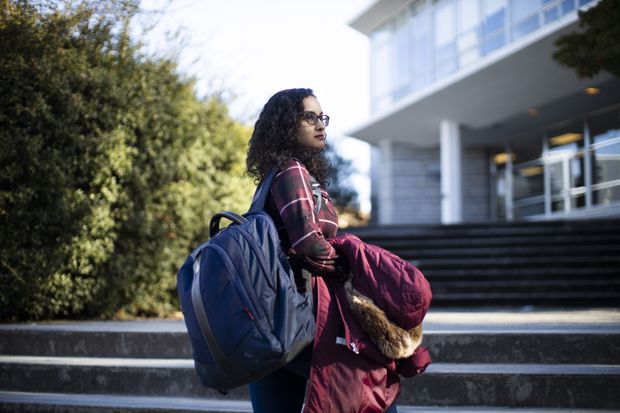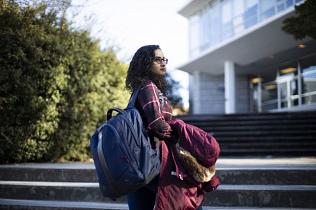Indian Students Become the Largest Foreign Nationality on Canadian Campuses, Thanks to Trump’s Policies
Indian students have become the biggest foreign nationality on Canadian campuses, thanks to President Donald Trump’s unfriendly immigration policies. Indian students who previously flooded US campuses, now prefer to study in Canada, owing firstly to the ease of obtaining work permits and immigration documents in the country, and also owing partly to the low value of the Canadian dollar relative to the U.S. dollar, says an article on The Globe and Mail.
This began recently, mostly as the United States is proposing stringent new criteria for the issuance of H1B foreign-worker visas.
”With the H1B scare, everyone is flocking to Canada,” said VivekGirreddy, an investment banker who graduated from McGill University in 2015, quoted in the article
Urvashi Malik, founder of CollegeCore Education, one of the biggest college counselling and advisory firms in Delhi, also confirms that this change is due to the uncertain political climate in the United States.
It’s related to “Trump’s policies as far as migrants are concerned,” she said. The result is that “Canada is definitely getting more popular.”
Last year 172,000 Indian students held a study permit for Canada, topping the Chinese students who held 142,000 study permits, according to figures provided to The Globe and Mail by the Canadian High Commission in India. 107, 795 students arrived in Canada from India last year, while only 85, 825 arrived from China who always topped the list in previous years.
The article states that the University of Toronto witnessed a 225% increase in undergraduate Indian student since 2014.
“U of T offers Indian students experiential learning opportunities, including paid professional co-ops and internships in some programs, that allow Indian students to gain valuable North American work experience,” said Ted Sargent, vice-president international, quoted in the Globe and mail. The university has recruited Indian students for 13 years, and president MericGertler will travel to Mumbai in March to open an urban research and entrepreneurship centre – but also to “meet with alumni and high school students interested in applying to U of T,” Mr. Sargent said.
The University of Saskatchewan, witnessed a 128% increase in undergraduate Indian in the past five years, while the number of Chinese undergrads decreased by 13%.
“Students from India are increasingly choosing Canada as an education destination over the more traditional destinations of the U.S. and U.K.,” said Alison Pickrell, the assistant vice-provost of strategic enrolment management at the University of Saskatchewan, in a statement.
As is to be expected, Canadian universities are making a lot of money from becoming the preferred country of study. For instance, in the University of Toronto, Canadian arts and science students paid $6,780 in tuition fees for the year 2019, while international students paid $49,800 – this is about seven times the tuition for domestic students. With fees like this, it is unlikely that Canada would tighten up its student visa conditions any time soon.
According to a 2017 report for Global Affairs Canada, in 2015 and 2016, total spending by international students and their visitors reached $28.3-billion, of which $13.9 billion came from Ontario alone.
Comments
There are 0 comments on this post













